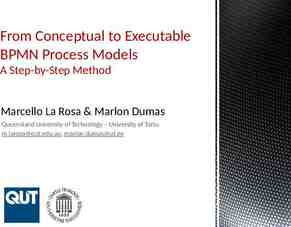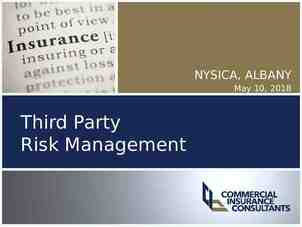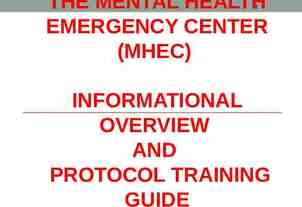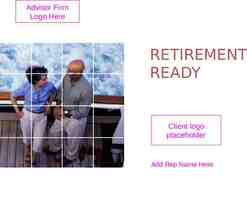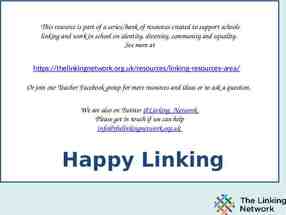Learning and Teaching Styles Adapted from the work of:
29 Slides1.24 MB

Learning and Teaching Styles Adapted from the work of: Martha Stacklin, CTD Ed Price, CSUSM Barbara Sawrey, Chem/Biochem 1

Who Are UCSD Students? Total Women: 11,209 (52.4%) Total Men: 10,165 (47.5%) Total Undergraduates: 21,374 Mean Freshmen GPA: 3.94 Mean SAT: 1253 Fall 2006 2

Who Are UCSD Undergraduates? Ethnicities Asian 37% Caucasian 32% Mexican-American 8% Filipino 5% Latino 3% African-American 1% Native-American 1% 3

Who Are UCSD Undergraduates? Top Majors by Department Biology 18% Economics 9% Psychology 7% MAE 5% BENG 5% Chem & Biochem CSE 4% Comm 3% ECE 3% 5% 4

Where Do Our Freshmen Come From? Los Angeles San Francisco San Diego Other CA Out of State Other Countries 47% 22% 14% 11% 4% 2% 5

Who Are They In Class? Prepared with Background Knowledge? Active, Independent, Hands-On, Collaborative, etc., Learners? Indifferent? Graduate School Bound? Motivated? 6

How Do You Teach reluctant students? scared students? lazy students? entitled students? high achieving students? domineering students? careless students? obnoxious students? silent students? perfectionist students? under-prepared students? your dream student? 7

Teaching Formats Lecture Discussion Problem-Solving Group Work Office Hours Lab 8

What’s the Goal of Teaching? Content - conceptual Content - quantitative Process - how to think Science - what it is, how it’s done 9

What’s the Goal of Teaching? LEARNING! 10

Shifting Perspective From Instructor to student Teaching to learning “Sage on the stage” to “Guide on the side” 11

Theoretical Frameworks of Learning Two Extremes: Information Processing Constructivism 12

Information Processing Heir of behaviorism. Mind as computer (input – output). What happens in between is not the interesting part. Treats students as blank slates. Gave us understanding of working memory capacity and chunking. 13

Information Processing Is it so ineffective? 14

Constructivism Knowledge is not passively received, but is actively built up by the learner. Teacher can’t pass knowledge to learner. Teacher is a facilitator, not transmitter. Recognizes that students come with prior knowledge. 15

The Constructivist Classroom Less telling. More questions and discussion. Teacher needs to be good listener. Accepting of alternative schemes. Not everything can (or need be) constructed from scratch. 16

The Constructivist Classroom Need to think on your feet. Need to be a good manager and negotiator. Need to draw out prior knowledge. Epistemological obstacles should not be avoided or short-cut. 17

18

Thinking about learning Clearly the point of education is for students to learn something Shouldn’t we focus on learning? What goes on inside students’ heads? How do students learn? How do we know they’ve learned what we’ve taught? 19

Thinking about students— Types and Styles Independent Dependent Avoidant Collaborative Competitive Participant Entitlement 20

Learning Style Preferences Modalities: Visual Auditory Reading & Writing Kinesthetic 21

More from cognitive science about student learning Knowledge organization is important Pre-conceptions matter Active engagement is effective Learning is incremental Practice & spiraling back help Epistemological beliefs play a role 22

Teaching for learning Plan instruction based on student learning (and content) Concrete before abstract Concept before name Acknowledge students’ preconceptions Get students active during class 23

Facilitating Learning Students will construct understanding if instructors create a classroom environment where students are actively involved in learning process learn to monitor their learning learn from each other instructors motivate and engage students by Choosing examples that interest them Challenging them and letting them participate 24

Some Student Perspectives on Good Teaching Enthusiasm and passion Rapport Intellectual challenges Clarity and organization Scholarship 25

What Do UCSD’s Best LAB TAs Do? provide warning signs to look for highlight what’s problematic highlight procedures, connect things-ideas, lecture to lab, lab to the real world highlight what could go wrong talk about their own work & experience let students figure it out (within reason) 26

What Do UCSD’s Best SECTION TAs Do? put current material in perspective with the course explain how concepts apply to the class and how they apply to the real world very organized and clearly explain prepared with problems for students to do provide an outline give lots of opportunities to ask questions have a good sense of whether students understand or not show alternative approaches to solving problems never get frustrated 27

Scenarios: WHAT DO YOU DO? SECTION: You’ve planned a great problem-solving lesson for your students involving the homework problems. Unfortunately, it seems that very few of them have even attempted to solve the problems. What do you do? 28

Scenarios: WHAT DO YOU DO? Although you’ve planned a reasonable agenda, you find that you consistently run out of time to cover everything. What do you do? You ask your students a question, and no one answers ever. What do you do? 29

